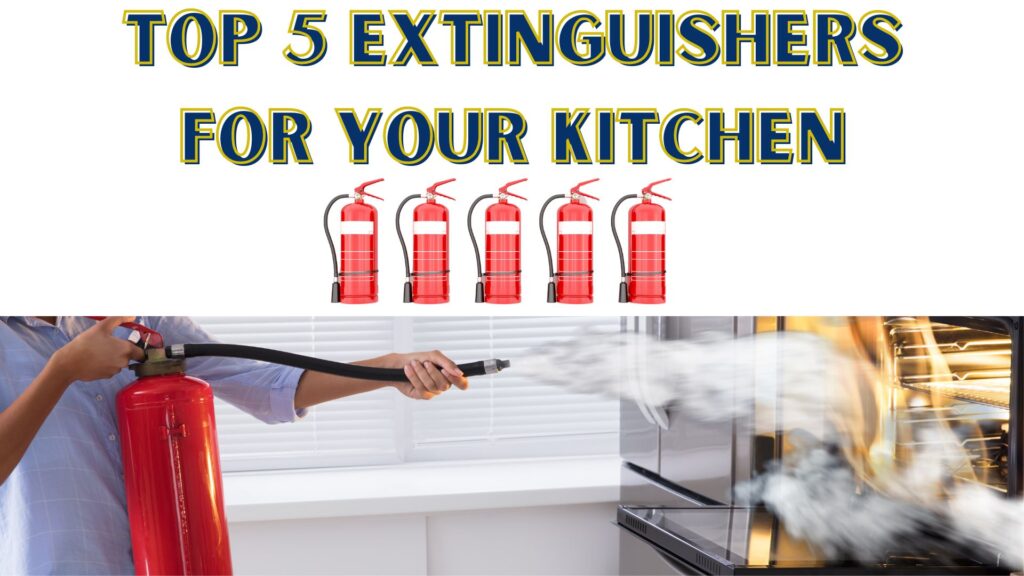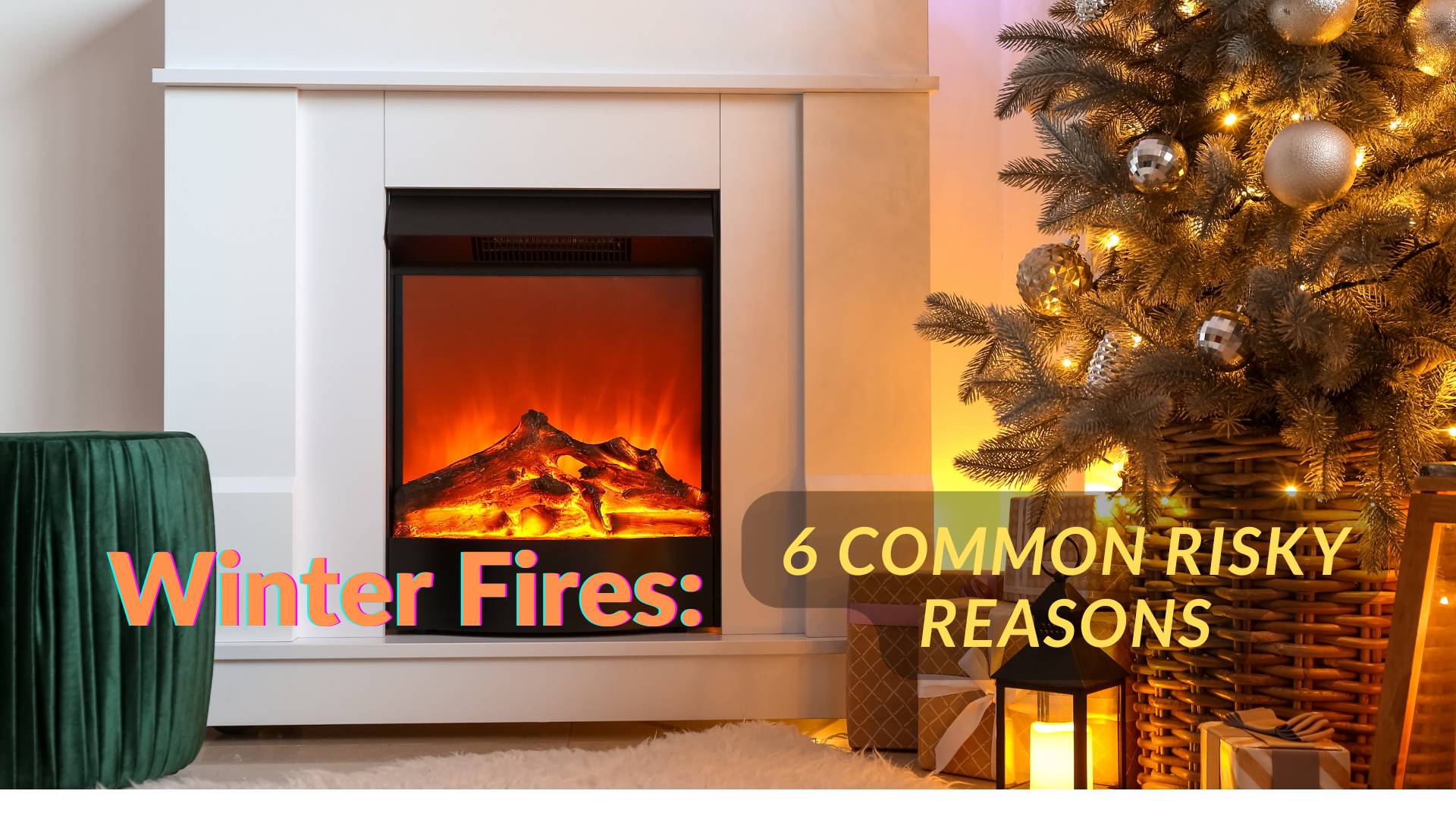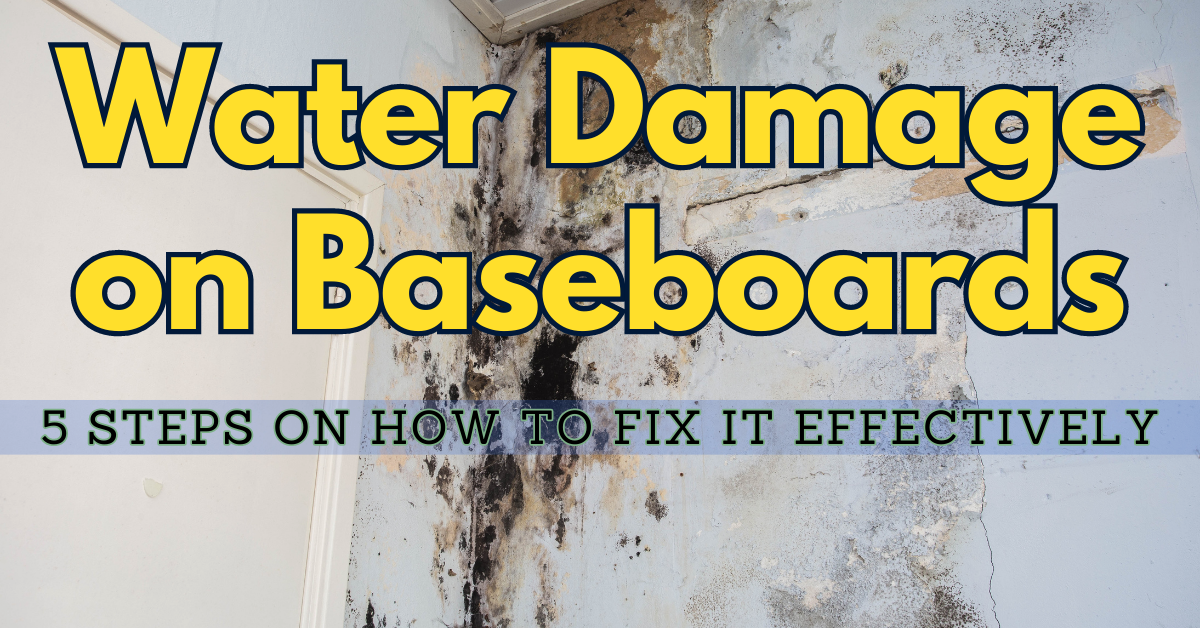Home fires happen unpredictably and they can leave serious damage to our property and family. That is why preparation for any emergencies is crucial. One thing that can be a lifesaver is fire extinguishers. However, choosing the right type of fire extinguisher is not an easy thing to do.
Not all types of fire extinguishers perform in the same way. That is why knowing which one is best for you is crucial.
Let us help you understand the different types of fire extinguishers, how to use them, and some recommended brands. There are two factors to consider when choosing a fire extinguisher; class and size.
Classes of Fire Extinguishers
Fire extinguishers have different classifications. This classification shows which type of fire each one of them is capable of battling. Using an extinguisher with the wrong type of fire could just lead you to a more serious situation.
Fortunately, each extinguisher is marked according to its usage. You can see a graphic printed on the canister to the types of fires you can use them for.
Class A: for plastic, paper, and wood fires. They are commonly put out with water or monoammonium phosphate.
Class B: For flammable liquids such as oil or grease
Class C; For fires that involve electrical equipment. Non-conductive materials are used here.
Class D: For flammable metals such as aluminum, sodium, or magnesium (often used in a lab or industrial pants)
Class K: for fires involving cooking oil fires. It is usually used in restaurants and commercial kitchens.
Fire extinguishers that are purposely for residential areas are class A, B, and C. The rest are for commercial purposes. Keep in mind that some fire extinguishers are rated with more than one type of class which means they can be used in several types of fires.
Sizes of Fire Extinguishers
There are several sizes of fire extinguishers and each one shows recommendations based on their sizes.
Basically, you can see a number on the side of the letter for classes A and B. These numbers tell how much fire it can battle.
Class A fire extinguishers can range from 1-40 and the number matches the gallons of water. 1 is equal to 1.25 gallons of water, so if a fire extinguisher has the number 2, it means it is equal to 2.5 gallons of water.
Unlike Class A, the numbers in Class B represent the square footage of the fire it can battle. For instance, if the fire extinguisher is rated as 20B, number 20 means it can handle a fire that covers 20 square feet.
Classes C, D, and K have no numbers because these extinguishers are specifically recommended for fighting electrical fires, flammable fires, and commercial kitchen fires. You can rely on the number from Class A and Class B size ratings to choose your extinguisher.
Fire extinguishers come also in different weights. They are 20, 10, 5 and 4 pounds. If your kitchen is a large size room, consider buying a 10-20 pounds fire extinguisher. But remember that bigger isn’t always better when it comes to choosing the right fire extinguisher.
Make sure to choose the one that is easy to maneuver and is not very heavy.
Top 5 Best Fire Extinguishers for Kitchens
These are the top fire extinguishers recommended for the kitchen.
- Amerex B441 Rechargeable 10-lb Extinguisher – It has the longest discharge length ranging between 15 to 21 feet. It is made of heavy-duty parts and works well with the three classes of fires.
- Amerex B500 Rechargeable 5-lb Extinguisher – Its weight and size are manageable and can be operated by people of a variety of ages and sizes. It also works well with the three classes of fire.
- WilliamsRDM Stovetop Firestop Extinguisher – This fire extinguisher is solely designed to put out fires on your stove. That is why it is still best to have another type of fire extinguisher away from your stovetop. But it has a lot of advantages. One is that this extinguisher can be attached through a magnet, and it operates on its own when it detects fire.
- Kidde 466112 Pro Multi-Purpose Dry Chemical Fire Extinguisher – It is the most durable and sturdy type of fire extinguisher as it can discharge up to fifteen feet and the discharge time can last up to 15 seconds. It is also effective in all three classes of fires.
Note: There were recalled fire extinguishers with plastic handles, but this one is different from them.
- First Alert Tundra Fire Extinguishing Spray – This is a one-time use and biodegradable aerosol fire suppressant that can discharge up to 32 seconds. It is easy to clean as it leaves only fine mist that can be wiped off.
How To Use A Fire Extinguisher
Now, that you already have an idea of what fire extinguisher is best for you, knowing how to use will give you more chances of successfully battling a fire. The NFPA recommends remembering the acronym PASS, which means;
P– Pull the pin.
A– Aim low and point the extinguisher at the base of the fire.
S– Squeeze the trigger slowly and begin extinguishing the fire
S– Sweep the extinguisher moving it side-to-side to the base of the fire.
Have You Had Fire Damage in Your Kitchen?
The aftermath of a fire is a challenging job to deal with. You will face tons of work from cleaning and removing smoke and other residues, including water damage and probably mold growth.
Let us help you. We are trained professionals who deal with all sorts of emergencies, could it be fire damage, water damage, or mold growth. Call us anytime for inquiries or if you want to avail of our service.





